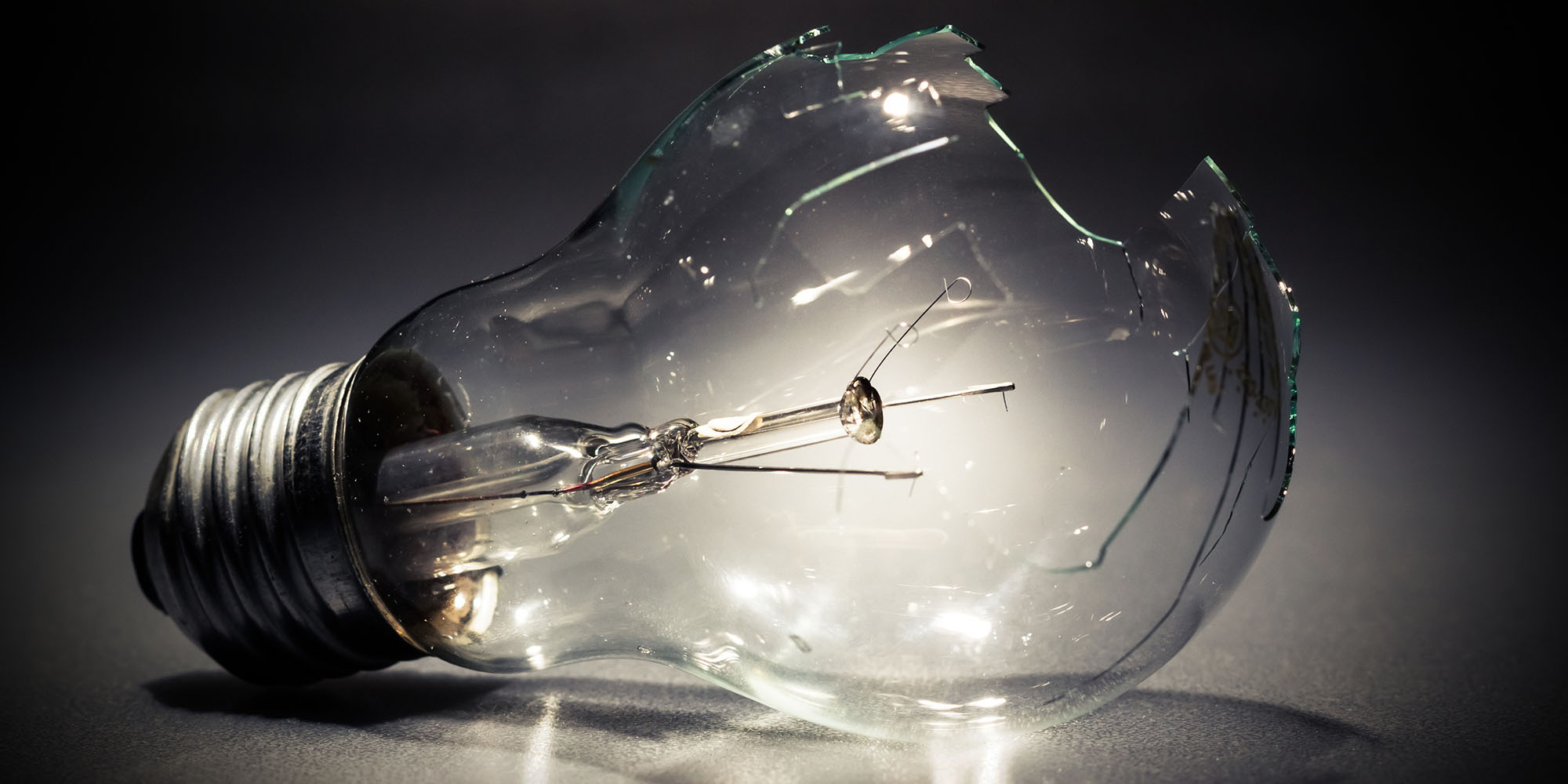During his State of the Nation Address (Sona) on Thursday, President Cyril Ramaphosa acknowledged that South Africa’s energy crisis was an “existential threat”. He declared the crisis a National State of Disaster.
The President also announced that he would appoint a “Minister of Electricity in the Presidency” whose sole focus would be on resolving South Africa’s energy supply emergency.
“We gather here at a time of crisis… [a] debilitating electricity shortage that has caused immense damage to our economy and to the livelihoods of our people,” said Ramaphosa.
“We know that without a reliable supply of electricity, businesses cannot grow. Assembly lines cannot run. Crops cannot be irrigated and basic services are interrupted. Load shedding means that households and our supermarkets and shops are unable to keep food fresh. Water supply is often disrupted. Traffic lights do not work, streets are not lit at night. Without a reliable supply of electricity, our efforts to grow an inclusive economy that creates jobs and reduces poverty will not succeed.”
Read more on Daily Maverick: Ramaphosa’s tax incentives a ray of light for solar panel roll-out to ease SA’s energy crisis
“Therefore, as we outline our agenda for the year ahead, our most immediate task is to dramatically reduce the severity of load shedding in the coming months and ultimately to end load shedding altogether,” the President continued.
‘Progress’
He outlined what he described as “progress” in the implementation of some of the measures in his “Energy Action Plan”, including taking steps “to improve the performance of Eskom’s existing power stations”, supporting Eskom to secure additional funding to purchase diesel for the rest of the financial year and allowing private developers to generate electricity.
Read more in Daily Maverick: “Ramaphosa’s ‘Energy Action Plan’ — how is it faring half a year later?”
In speaking to these separate, but related interventions, Ramaphosa said: “To fully implement this plan, we need strong central coordination and decisive action. In a time of crisis, we need a single point of command and a single line of march.”
National State of Disaster
Accordingly, he announced, “The National Disaster Management Centre has consequently classified the energy crisis and its impact as a disaster. We are therefore declaring a National State of Disaster to respond to the electricity crisis and its effects.”
“The minister of cooperative governance and traditional affairs has just gazetted the declaration of the State of Disaster, which will begin with immediate effect,” he said.
“The State of Disaster will enable us to provide practical measures that we need to take to support businesses in the food production, storage and retail supply chain, including for the roll-out of generators, solar panels and uninterrupted power supply.
‘Relief for hospitals, water treatment plants’
“Where technically possible, it will enable us to exempt critical infrastructure such as hospitals and water treatment plants from load shedding. And it will enable us to accelerate energy projects and limit regulatory requirements while maintaining rigorous environmental protections, procurement principles and technical standards,” the President explained.
Ramaphosa also announced that “to deal more effectively and urgently” with the energy crisis, he would appoint a “Minister of Electricity in the Presidency” to assume “full responsibility for overseeing all aspects of the electricity crisis response”, “focus full-time” and work with the Eskom board and management on ending load shedding and ensuring that the Energy Action Plan was rapidly implemented.
“Extraordinary circumstances call for extraordinary measures. The energy crisis is an existential threat to our economy and social fabric. We must spare no effort, and we must allow no delay in implementing these measures.” DM




 (Image: iStock)
(Image: iStock)